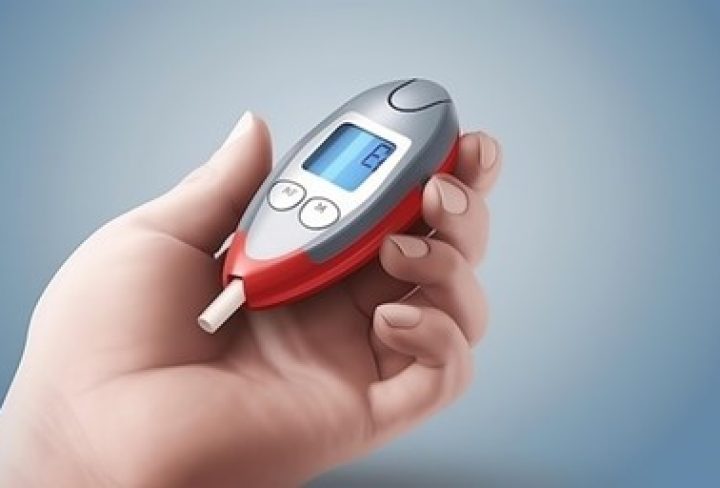Type 2 diabetes is a common chronic condition that affects millions of people worldwide. It occurs when your body cannot effectively use insulin, a hormone that regulates blood sugar levels.
This comprehensive guide aims to provide you with essential information about Type 2 diabetes, including its causes, risk factors, symptoms, diagnosis, treatment options and prognosis to manage the condition effectively.
Causes
The exact cause of Type 2 diabetes is multifactorial but is primarily linked to genetics and lifestyle factors. Family history, obesity, sedentary lifestyle, and poor dietary choices are significant contributors. Additionally, age, ethnicity, and certain medical conditions can increase your risk of developing Type 2 diabetes.
Risk Factors
Several risk factors can increase your likelihood of developing Type 2 diabetes:
Age: The risk increases with age, particularly after the age of 45.
Family History: If you have a family member with diabetes, your risk is higher.
Obesity: Excess body fat, especially around the abdomen, is a major risk factor.
Physical Inactivity: A sedentary lifestyle can increase your risk.
Poor Diet: Diets high in sugar, refined carbohydrates, and saturated fats can contribute.
Gestational Diabetes: If you had diabetes during pregnancy, you are at increased risk.
Polycystic Ovary Syndrome (PCOS): Women with PCOS are at higher risk.
Symptoms
Type 2 diabetes often develops gradually, and some people may not even realize they have it.
Common symptoms include:
- Increased Thirst and Hunger
- Frequent Urination
- Fatigue
- Blurry Vision
- Slow Wound Healing
- Tingling or Numbness
Diagnosis
To diagnose Type 2 diabetes, your doctor will perform a blood test to measure your fasting blood sugar levels. Another test, called the oral glucose tolerance test, may be done to confirm the diagnosis.
Treatment Options
The main goal of treating Type 2 diabetes is to manage blood sugar levels effectively and prevent complications. Treatment options include:
Lifestyle Changes: Adopting a healthy diet, engaging in regular physical activity, and achieving and maintaining a healthy weight are crucial.
Oral Medications: Many people with Type 2 diabetes can control their blood sugar levels with oral medications that improve insulin sensitivity or increase insulin production.
Insulin Therapy: In some cases, insulin injections or insulin pumps may be necessary to manage blood sugar.
Monitoring: Regular blood sugar monitoring at home helps track your progress and adjust treatment as needed.
Prognosis
With proper management, Type 2 diabetes can be well-controlled, allowing individuals to lead healthy lives. However, it is a chronic condition that requires ongoing attention. Poorly managed diabetes can lead to serious complications, including heart disease, kidney disease, nerve damage, and vision problems. Regular check-ups, adherence to treatment plans, and a healthy lifestyle are essential for a positive prognosis.
By making positive lifestyle changes, taking prescribed medications, and working closely with your healthcare team, you can lead a fulfilling life while effectively managing your blood sugar levels.


